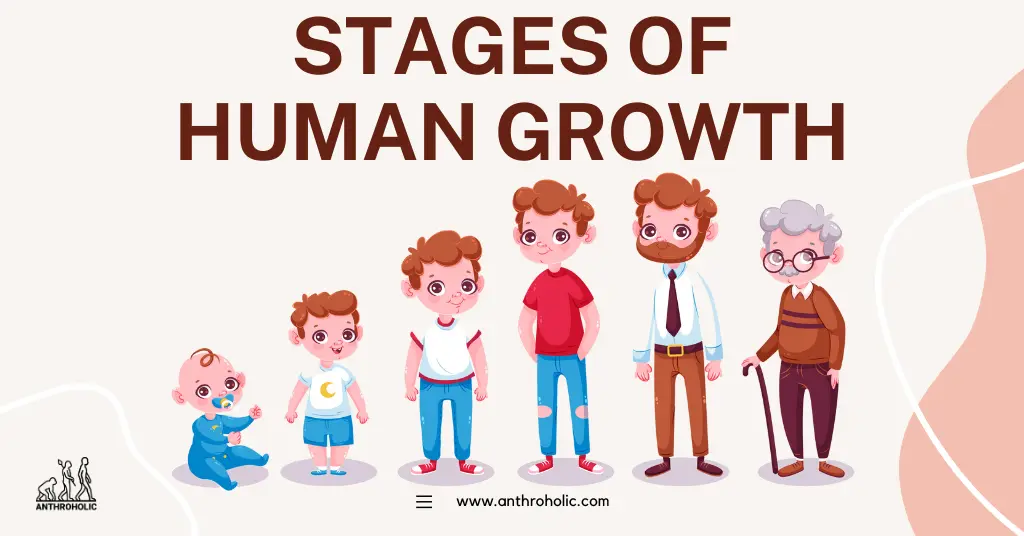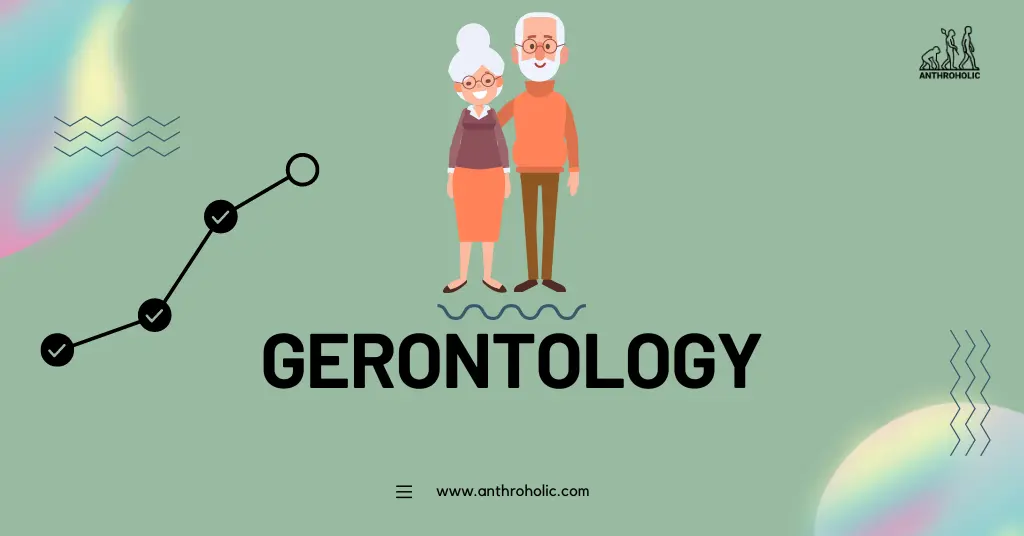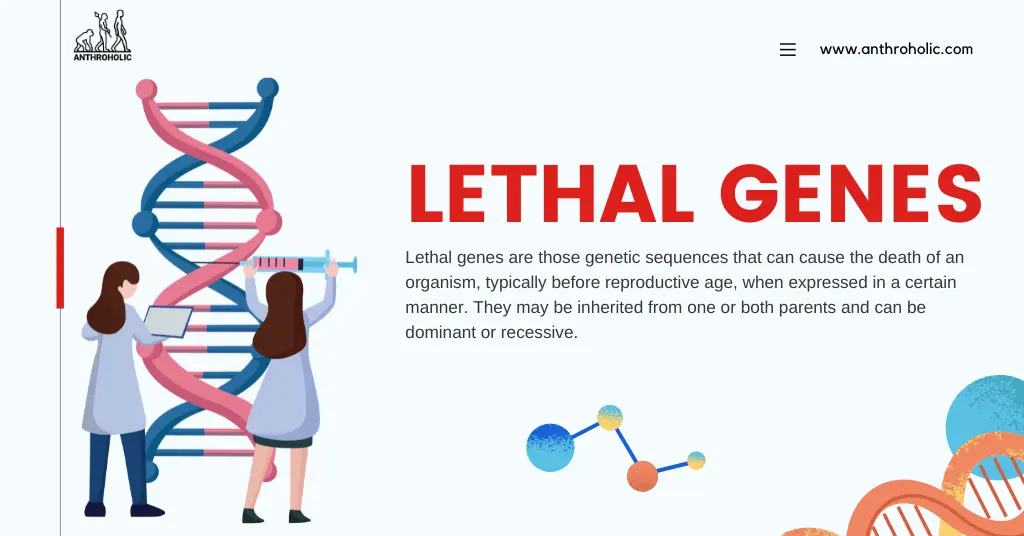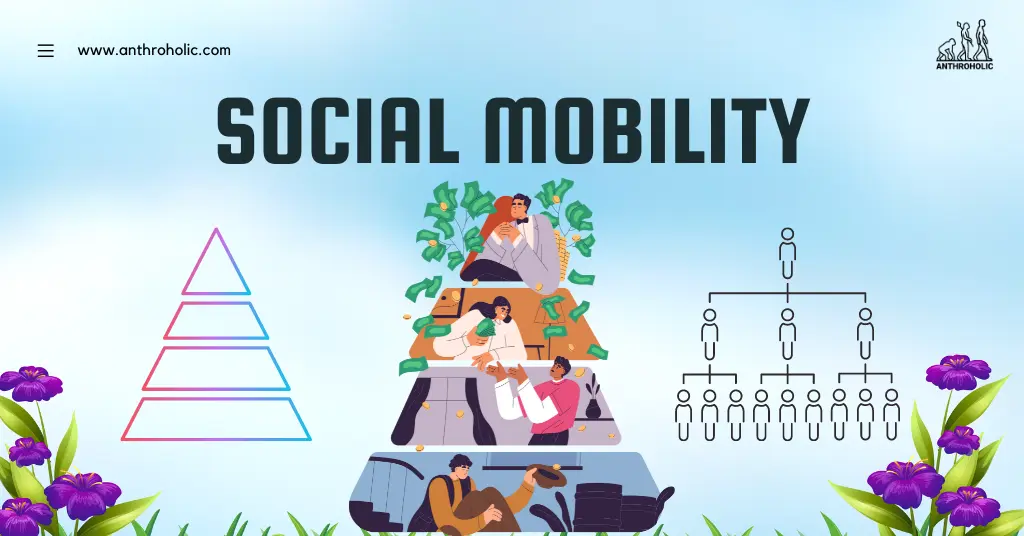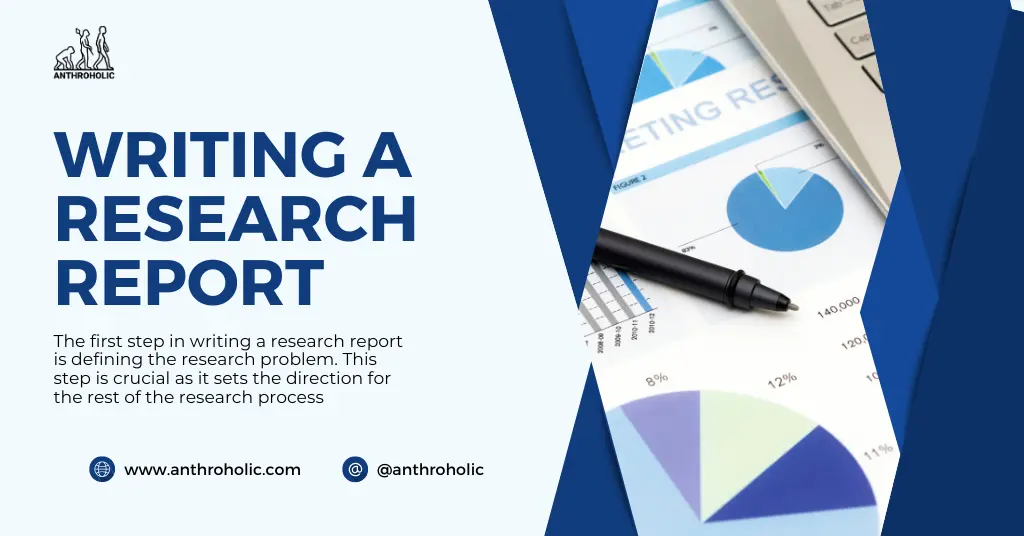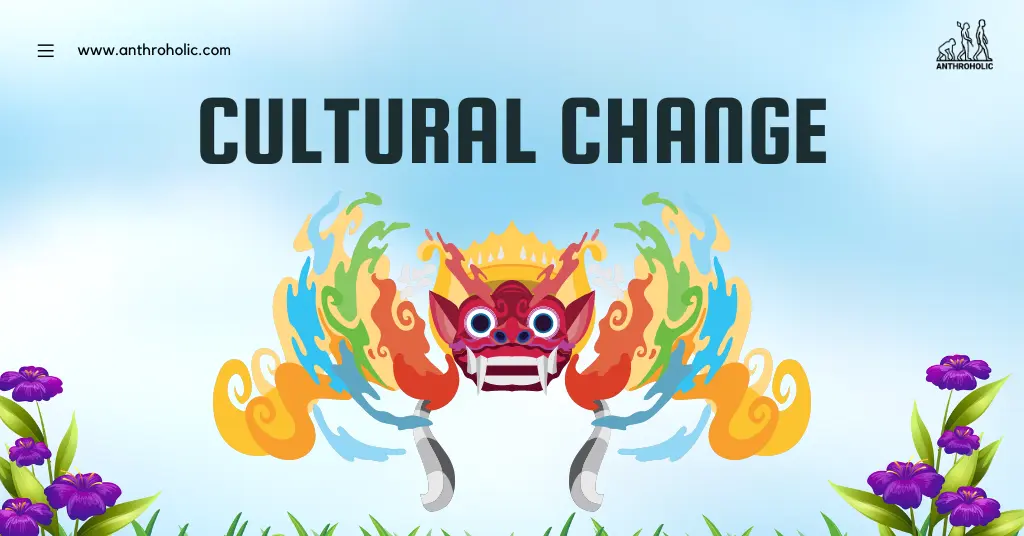AI Answer Evaluation Platform Live Now. Try Free Answer Evaluation Now

Interview
Interviews can be viewed as a structured conversation where researchers ask questions, and participants respond. Unlike surveys, which quantify data, interviews provide a depth of understanding, often exploring the "why" and "how" of a situation, event, or perspective.
